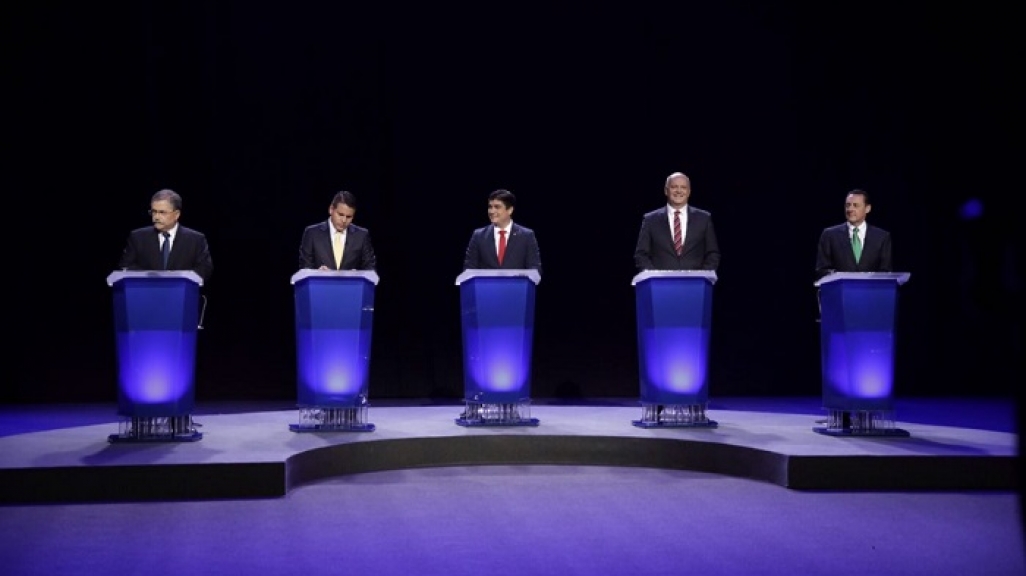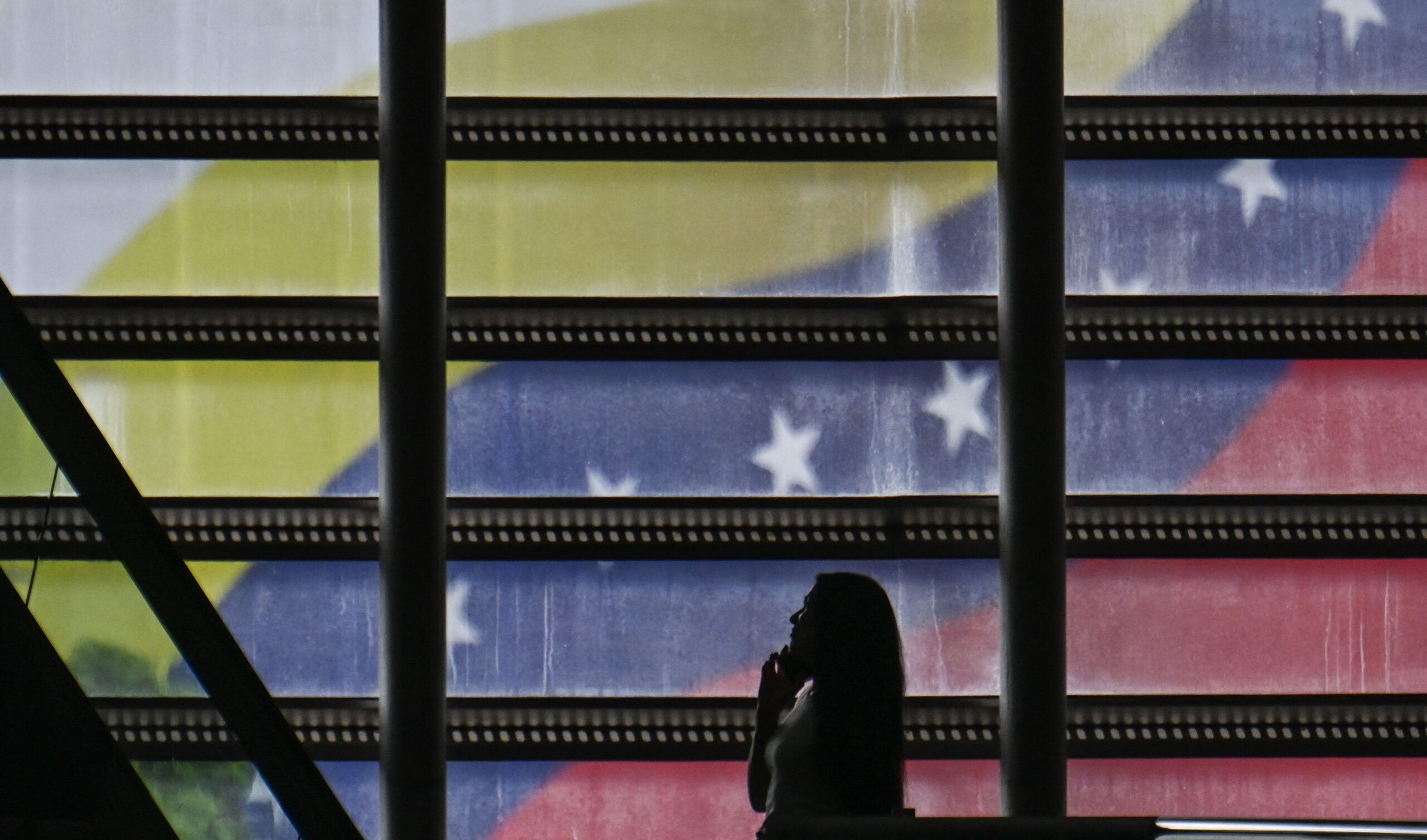LatAm in Focus: Costa Rican Voters Are "Blowing in the Wind"
LatAm in Focus: Costa Rican Voters Are "Blowing in the Wind"
After decades of steady bipartisan politics, in 2018, Tico voters keep changing their minds about who they’re going to vote for on February 4, say two University of Costa Rica pollsters.









